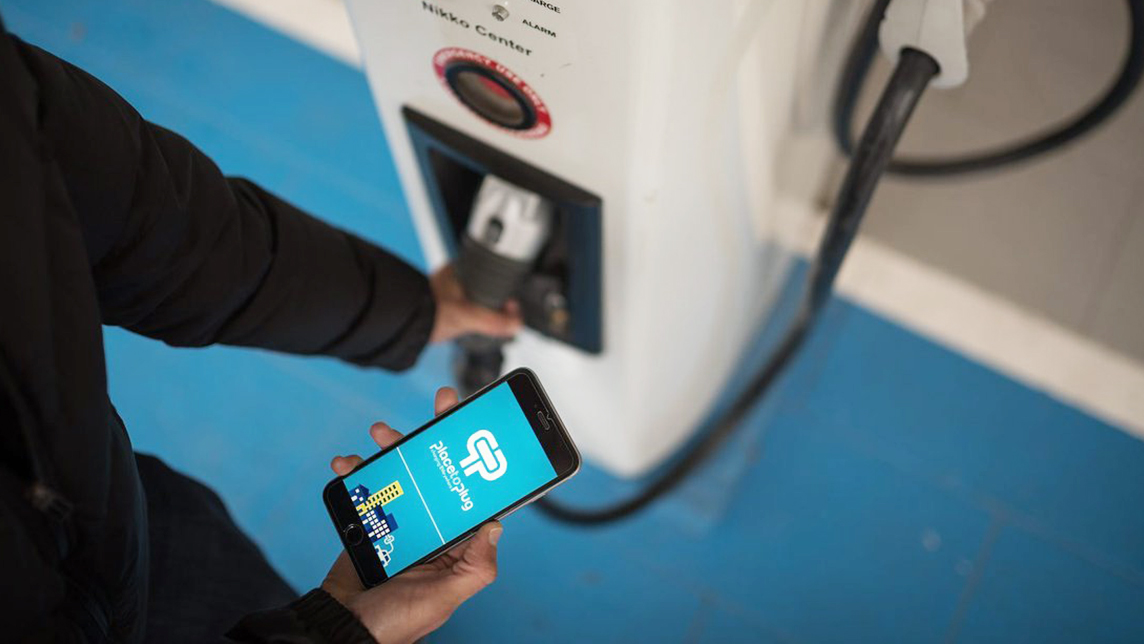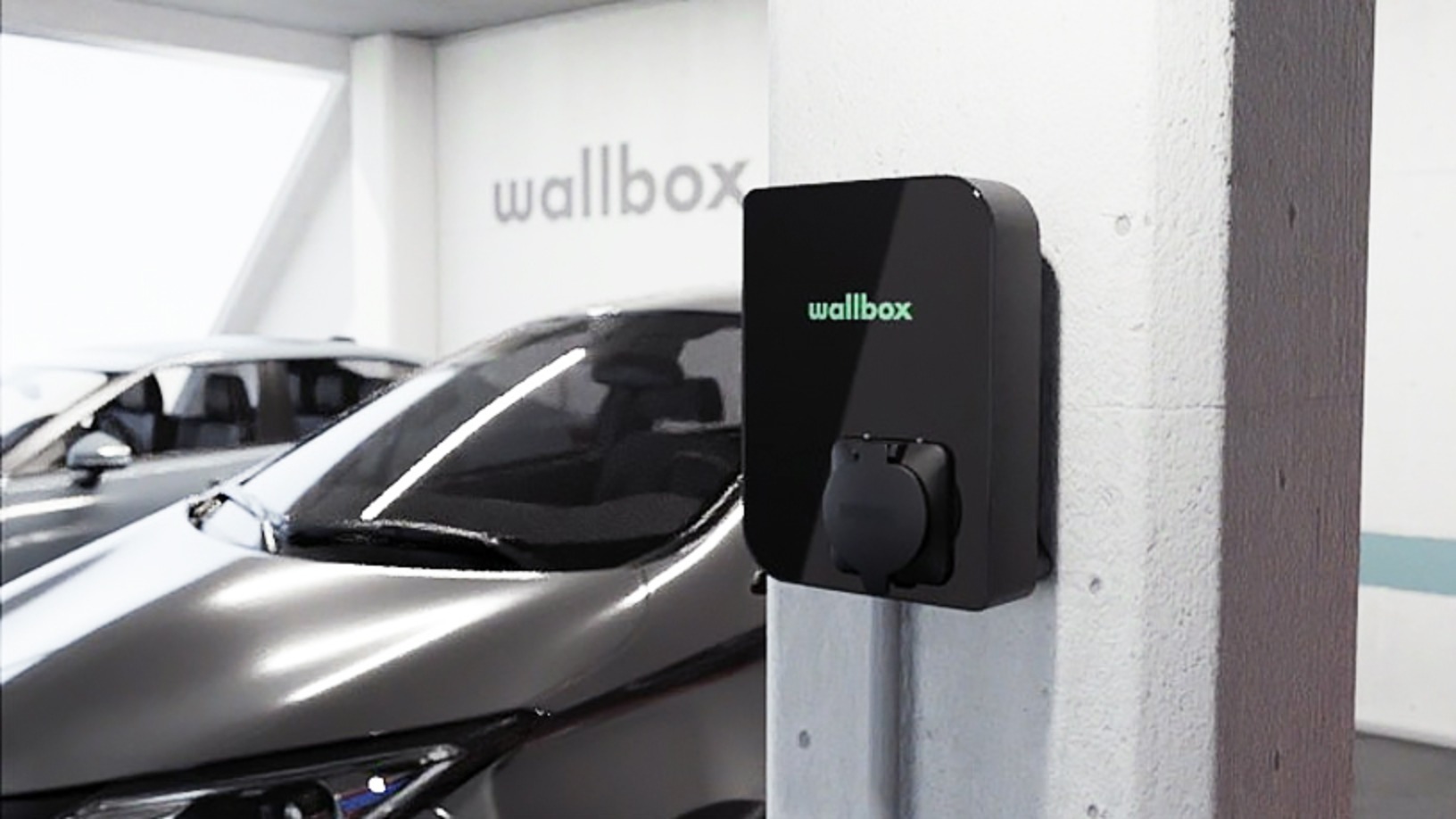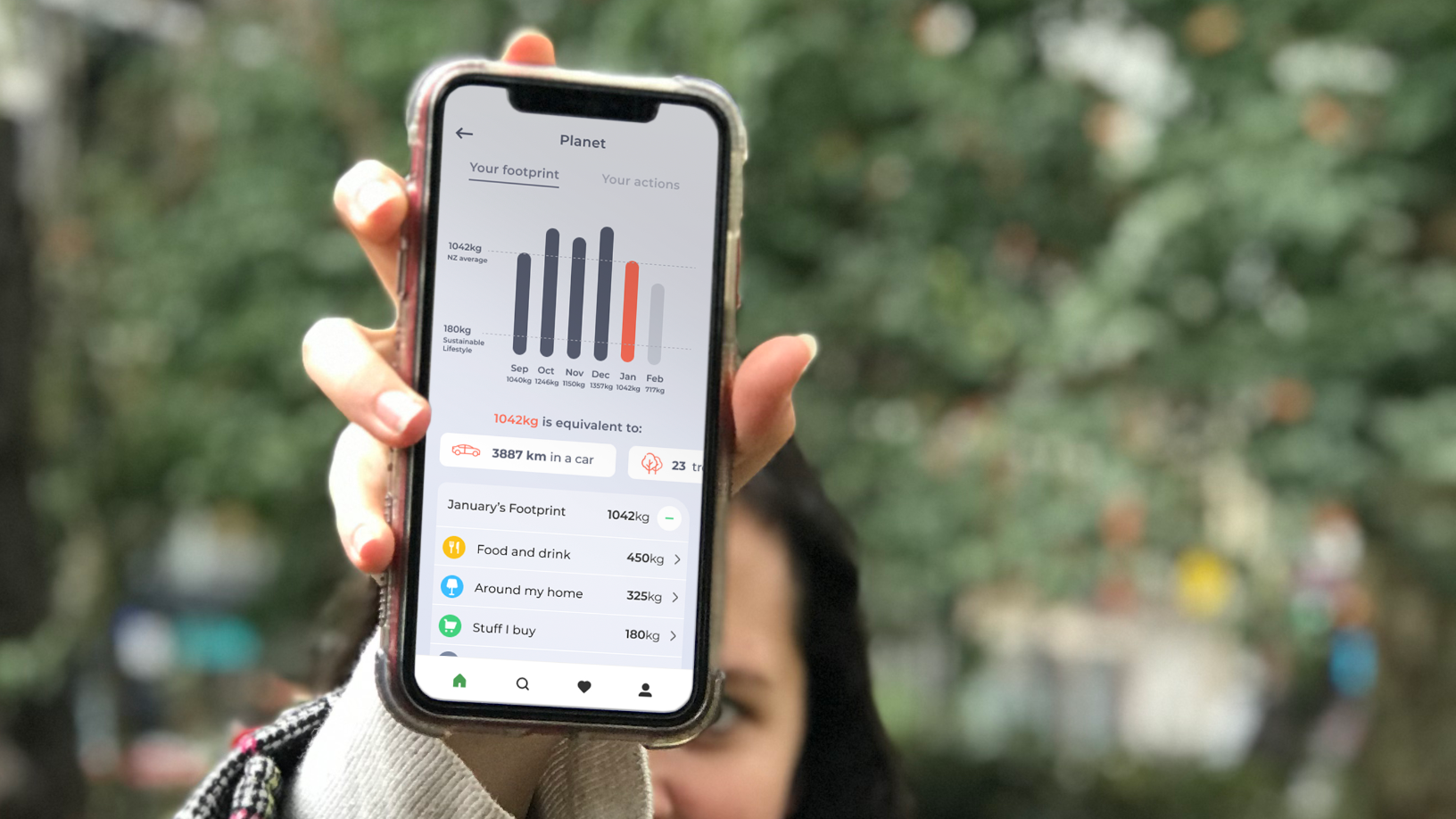Electric vehicles (EVs) have long been seen as a way to reduce significantly emissions of CO2 and other contaminants such as nitrous oxide, but their hefty price tag has the biggest barrier to uptake by the general public.
Many governments are adopting a carrot-and-stick approach to sustainability, e.g., imposing stricter emissions regulations on gasoline and diesel vehicles. Sweden, for instance, is committed to switching to fossil fuel-free transport by 2030 and has introduced tax breaks to encourage EV use. China has become the world's biggest EV market due in part to governmental intervention: the Chinese government provides EV purchasers up to US$7,500 in tax credits. In 2018, more than 1 million EVs were sold in China in under 10 months, which accounts for 35% of global sales.
But prices have finally started falling.The cost of EV batteries has also declined significantly, from an average of US$1,000 per kWh to an estimated $250-350 per kWh between 2010 and 2018. EVs are expected to reach US$30 million in global sales by 2030, with the vehicles no longer the preserve of the few.
Public institutions, clean energy corporations and startups in the IoT, mobile and blockchain technology sectors are working jointly to facilitate the transition to large-scale use, which requires theprovision of widespread electric charging stations via interconnected systems. Research by the Harvard Kennedy School has emphasized that, at current usage levels, commercial chargers are not profitable and that efficient management of power demand is required, especially during peak periods.
Looking ahead of the curve, in 2015, computer engineers Josep Cester Bofarull and Marc Ruiz Rodríguez founded Place to Plug, a platform that uses AI and blockchain technology to optimize, manage and connect EV charging infrastructure with drivers. The idea came to the co-founders after discovering firsthand how troublesome it could be to charge an EV with multiple unconnected systems in operation at once.
The startup's solutions include a mobile app that works through collaborative network models and allows electric vehicle owners to share, search for and locate EV sockets; a control center that predicts energy consumption and occupation rates using AI technology, which helps manage and optimize recharging stations by, for example, switching them on and off to control energy flow; and an interoperability platform that aggregates public and private charging utilities that aren't part of the control center.
Unique in the market
"Currently, there are no competitors capable of offering the same set of solutions as ours," Place to Plug's co-founder and CTO Marc Ruiz Rodríguez tells CompassList at Barcelona's recent 4YFN2019. "There is no company that permits activating a charging point through an app, managing it through a control center and opening it up to the rest of the world through a platform. By combining these three functionalities, we have enabled a 360-degree solution for the EV industry."
The company, founded just over three years ago in the small Catalonian town of Reus, adapts solutions based on needs and inefficiencies it has identified in the market. To date, its three different platforms aggregate an impressive 60,000 charging stations, of which approximately 10,000 are operated directly by the company and another 20,000 provide real-time information on socket specifications and their availability.
"We initially started as a collaborative platform and from that, we opened up to aggregating public charging points to go with the private ones in order to expand our infrastructure," Rodríguez says. "In doing so, we noticed that most of the charging stations were not connected and were lacking efficient management, hence we decided to build our control center." The control center is one of Place to Plug's three different income streams and charges charging station operators a fee per station aggregated into the platform.
The second income stream is an interoperability platform, operated and managed by Place to Plug. Platform users pay a fee based on the operation requested. A points system evaluates each operation and tells users how many points the request costs.
The third stream will be generated by a collaborative platform that, for the moment, is free. "Our long-term idea is to convert the collaborative platform into paid membership with a set of solutions that go far beyond aggregating and sharing charging stations," adds Rodríguez.
The company’s expansion plan relies on B2B collaboration with manufacturers and operators of charging stations, both in Europe and further afield. Through these agreements, the startup not only promotes its competitive advantages and market penetration, but will also be able to organically grow the number of mobile app users by obtaining partners' user details.
The startup is focused mainly on the European market for the control center and the interoperability platform. Both are already aggregating charging stations throughout Spain and Norway.

Silicon Valley boost
"Our long term vision is to rely less on external interoperability platforms and to be able to aggregate charging stations directly on our platform without intermediaries," Rodríguez says. "We want to provide an interoperability platform that is open to everyone and is much easier to use than those currently available in the market."
To promote its collaborative platform, Place to Plug is focusing on markets where large B2B clients with a strong market presence can give it a stronger potential for large-scale rollout. One such company is UVT, which will install charging stations in ten different countries, e.g., the Philippines, in Latin America and Asia. Another potential partner is Signet, a Korean manufacturer of EV chargers.
In order to establish a strong market position and grow its user base, the team is looking to raise €350,000 in a funding round to be finalized in June 2019. "Until now we’ve been mainly focused on product development. Now it’s time to switch our focus to users and client acquisition," the CTO says.
To date, the company has raised just over €460,000: €125,000 from a 2017 crowdfunding round in which over 100 investors participated, a grant of €288,000 from Spanish energy giant Repsol, and €50,000 in a convertible note from InnoEnergy.
Place to Plug was selected to participate in Plug&Play's three-month acceleration program in Silicon Valley in early 2019. The program has provided the team with training and mentorship in addition to a network of potential business partners. "Thanks to the Plug&Play acceleration, we got several contacts in Japan like Osaka Gas and other key players. If things go well, we will definitely consider collaborations in the future," says Rodríguez.
The Japanese government plans to install 2 million slow charging stations and 5,000 fast charging stations by the end of 2020. China now houses 50% of the world's public vehicle-charging infrastructure and, in 2018, sold more EVs in just the city of Shenzhen than were sold in all of Germany or the UK. The two Asian markets are of huge interest to Place to Plug. "The most complicated thing is to penetrate these markets. If we manage to do so through these possible future collaborations, it will be much easier to expand," comments Rodríguez.
With regards to the US, Rodríguez believes that the current situation is dominated by incumbents who are not willing to open up to new market players and is reluctant to target the market in the short-term. "I believe that future trends will eventually force them to open up, allowing big and small operators to coexist," he adds.
Place to Plug is also considering expanding to Latin American countries like Argentina, Chile and Brazil because, unlike in Europe, "the change from [combustible to hybrid and finally to electric vehicles in these countries] has been more rapid and drastic. They are shifting directly from gasoline to electric."














